Essential Crochet Tools and How to Use Them
Introduction
Crochet is a delightful and creative craft that requires just a few key tools to get started. Whether you’re a beginner or an experienced crocheter, having the right tools can make your projects easier and more enjoyable. In this post, we’ll explore the essential crochet tools and materials you need, how to use them, and how they can enhance your crochet experience.
Give this article a read ** Choosing the Best Yarn for Beginners: Tips and Recommendations**🌸
1. Crochet Hooks: The Foundation of Your Craft
Types of Crochet Hooks
- Aluminum Crochet Hooks: These are lightweight, durable, and glide easily through yarn. Perfect for beginners.
- Wooden/Bamboo Crochet Hooks: Known for their warmth and natural texture, these hooks provide a smooth crocheting experience.
- Plastic Crochet Hooks: Lightweight and affordable, plastic hooks are often used for basic projects or for beginners.
- Ergonomic Crochet Hooks: Designed with comfort in mind, these hooks are perfect for those who crochet for long periods of time.
How to Choose the Right Crochet Hook
- Size Matters: Crochet hooks come in various sizes, typically indicated by numbers or letters. The size you need depends on the yarn thickness and the pattern you’re following.
- Material Preference: Consider how the material feels in your hands and its glide with the yarn.
- Grip Type: For longer crocheting sessions, consider ergonomic hooks to reduce hand fatigue.
2. Yarn: The Heart of Your Crochet Projects
Types of Yarn
- Acrylic Yarn: Affordable, durable, and versatile, acrylic yarn is great for beginners and works well for a variety of projects.
- Cotton Yarn: Ideal for projects like dishcloths and summer wear, cotton yarn is breathable and absorbs moisture.
- Wool Yarn: Known for its softness and warmth, wool yarn is perfect for winter accessories and garments.
- Blended Yarns: Yarns that combine various fibers offer unique textures and properties. Look for blends that suit your project needs.
How to Choose the Right Yarn
- Consider Project Type: The yarn you choose should complement the pattern and the intended use of the finished item (e.g., wearables, home decor, etc.).
- Fiber Type: Choose based on texture, warmth, and care instructions.
- Yarn Weight: Yarn comes in different weights, such as lace, fingering, sport, worsted, and bulky. The weight affects the final product’s size and texture.
3. Scissors: Cutting with Precision
A good pair of scissors is essential for cutting yarn ends and trimming your projects. Look for scissors that are sharp, comfortable to use, and small enough to handle delicate yarn.
- Small Embroidery Scissors: Great for precision trimming.
- Larger Fabric Scissors: Ideal for cutting thicker yarns or larger projects.
4. Tapestry Needle: Finishing Your Projects
After completing your crochet project, you’ll need a tapestry needle to weave in loose ends and join pieces together. These needles are blunt-tipped and designed to thread yarn smoothly through crochet fabric.
- Metal or Plastic Needles: Choose based on preference. Metal needles are durable, while plastic ones are lightweight.
- Needle Sizes: Generally, use a needle that matches the thickness of your yarn.
5. Stitch Markers: Keeping Track of Your Work
Stitch markers are small tools that help you mark specific stitches or sections of your crochet project, such as the beginning of a round or the end of a pattern repeat.
- Locking Stitch Markers: These markers “lock” into place and are easy to remove, making them great for intricate projects.
- Ring Stitch Markers: Used to mark specific points within your work.
6. Measuring Tape: Measuring with Accuracy
A measuring tape is an essential tool for ensuring that your project matches the pattern’s required dimensions. Whether you’re crocheting a blanket, scarf, or sweater, measuring is key to achieving the perfect fit.
7. Blocking Tools: Perfecting Your Finished Piece
Blocking is the process of shaping and setting your finished project. Blocking mats, pins, and a spray bottle are commonly used tools to ensure that your crocheted items hold their shape and look professional.
- Blocking Mats: These mats provide a flat surface for pinning your work into the desired shape.
- Pins: Used to secure your project in place while it dries.
8. Additional Helpful Tools
- Yarn Winder: A yarn winder helps to create neat yarn cakes, preventing tangles and making your work more organized.
- Yarn Bowl: A yarn bowl is used to keep your yarn from rolling around as you crochet, keeping your workspace tidy.
9. How to Care for Your Crochet Tools
Proper maintenance of your crochet tools ensures longevity and ease of use. Regularly clean your crochet hooks and scissors, and store your yarn in a cool, dry place to prevent tangling or damage.
Conclusion
With the right tools and materials, your crochet journey will be smoother and more enjoyable. From selecting the perfect crochet hook to choosing the best yarn for your project, these essential tools will help you achieve beautiful, high-quality pieces. Whether you’re just starting or expanding your crochet toolkit, these items will set you up for success.
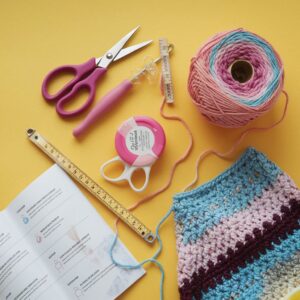
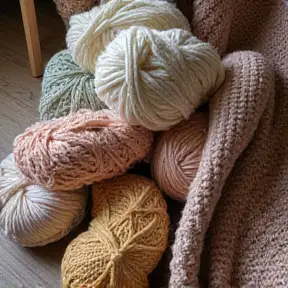
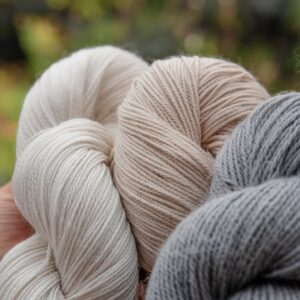
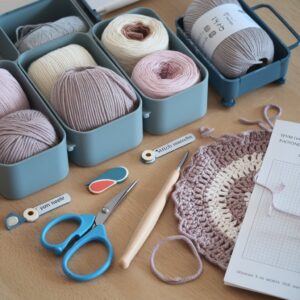
Where You Can Purchase this Stuff ?
https://www.yarnspirations.com
Related Posts
DIY Crochet Kit: What to Include for a Starter Pack
DIY Crochet Kit: What to Include for a Starter Pack Meta Description:Want to…
How to Organize Your Crochet Supplies
How to Organize Your Crochet Supplies Meta Description:Discover simple and effective ways to…
Choosing the Best Yarn for Beginners: Tips and Recommendations
Choosing the Best Yarn for Beginners: Tips and Recommendations Give this article a…
Ergonomic Crochet Hooks: Are They Worth It?
Introduction If you’ve ever spent hours crocheting, you know that comfort is key….
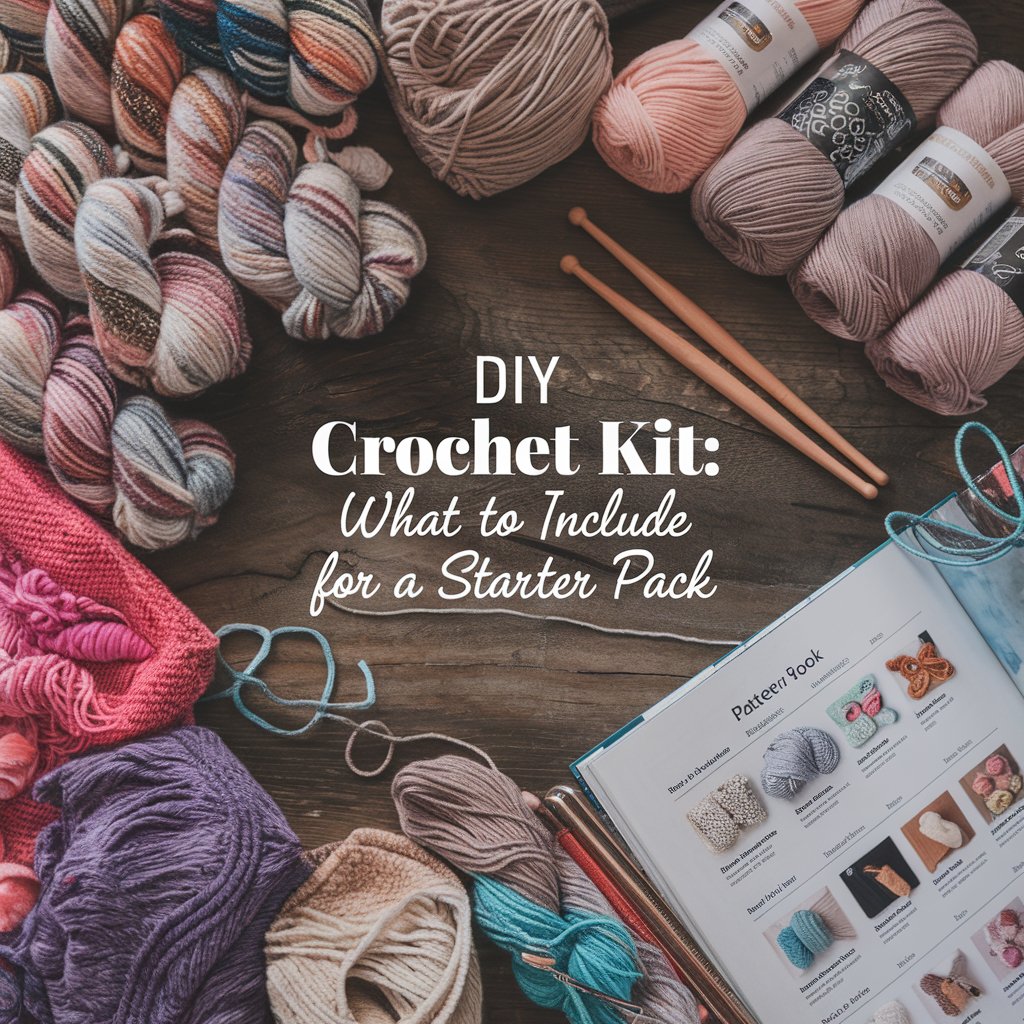
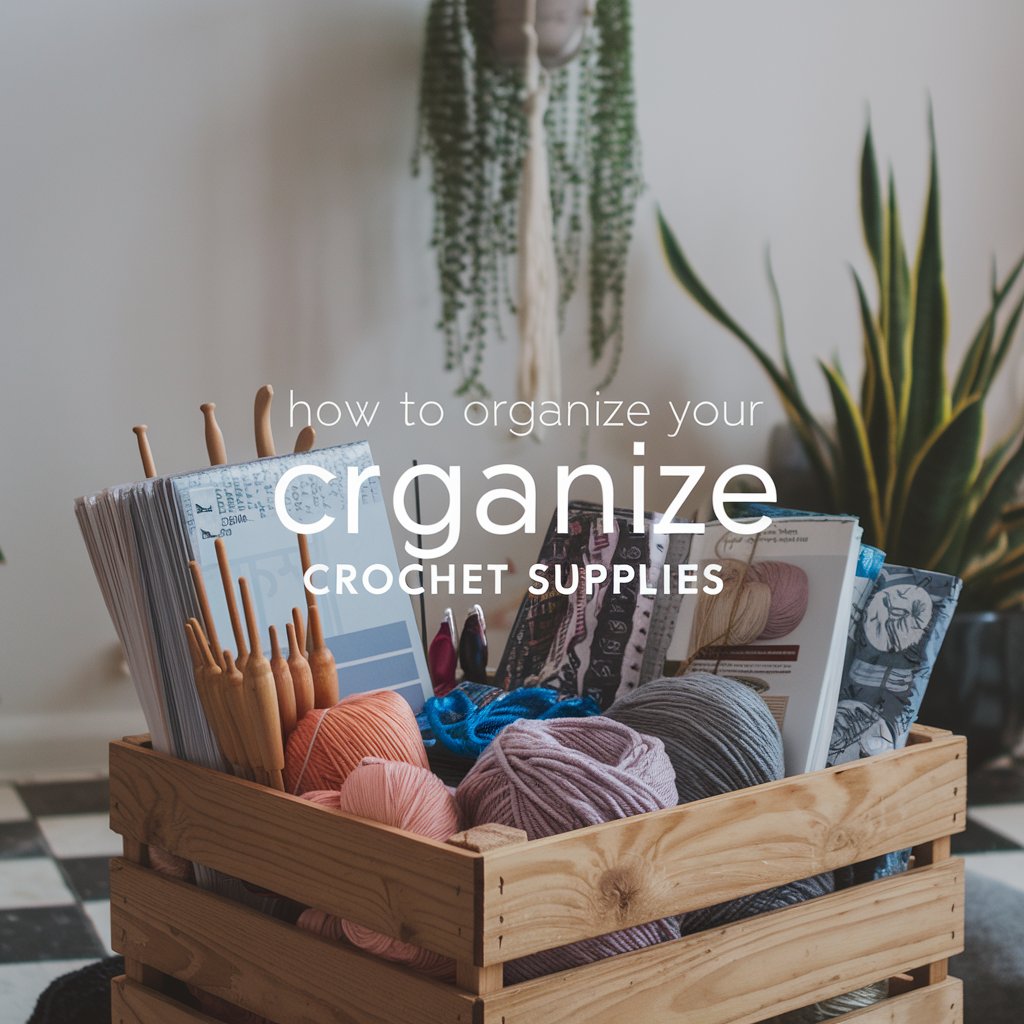
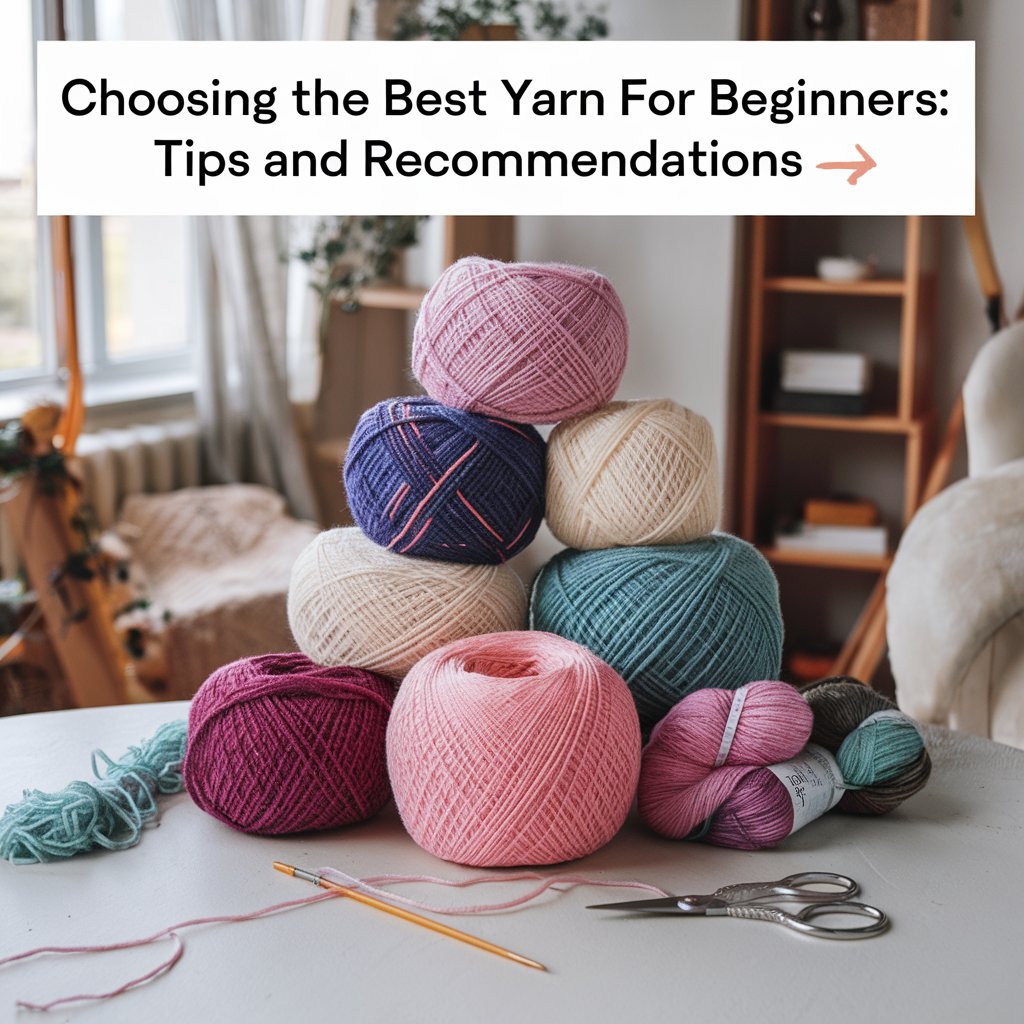
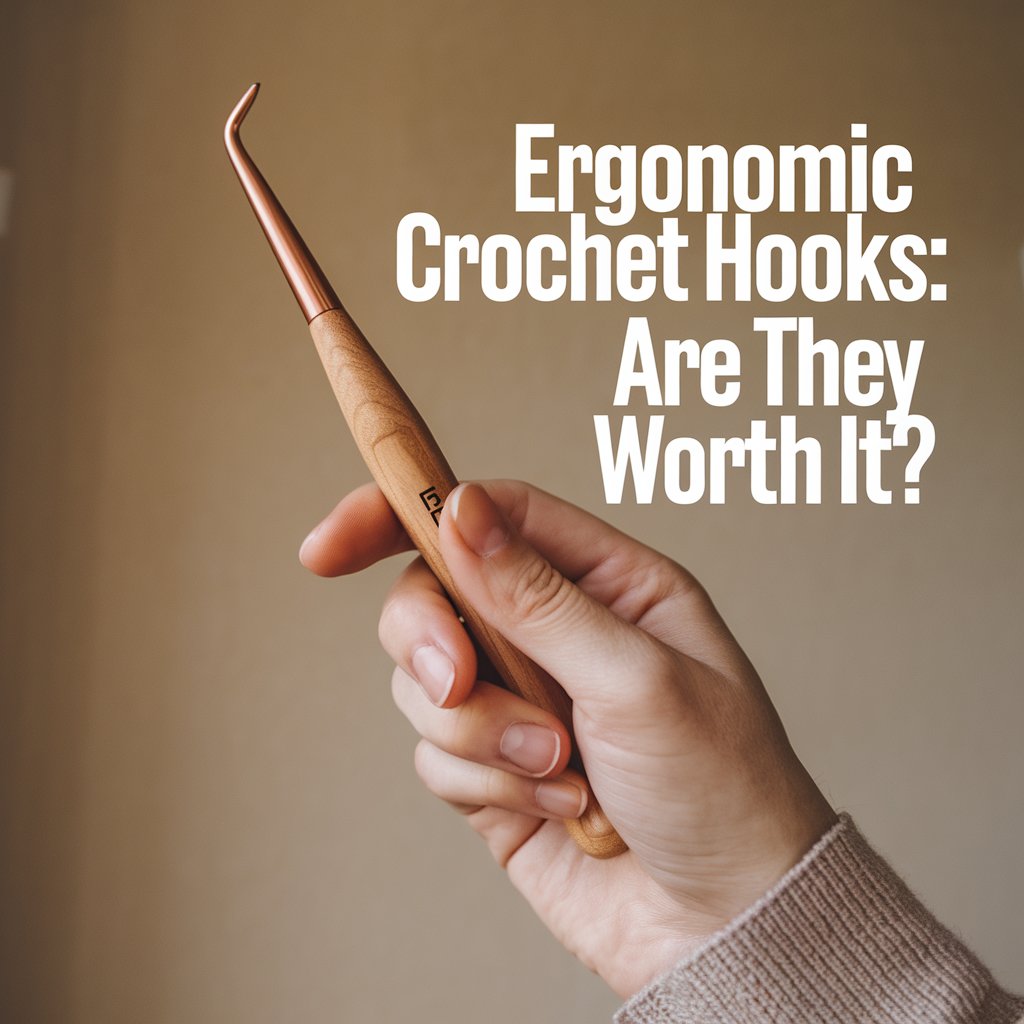
Pingback: Choosing the Best Yarn for Beginners: Tips and Recommendations - cozyyarnvibes.com
Pingback: Seasonal Crochet Ideas for Beginners: Hats, Ornaments, and More - cozyyarnvibes.com
Pingback: How to Crochet Your First Blanket: Tips for Success - cozyyarnvibes.com